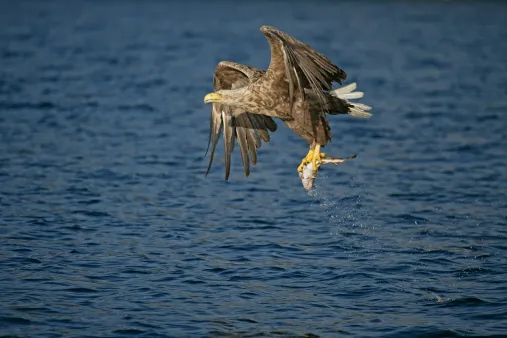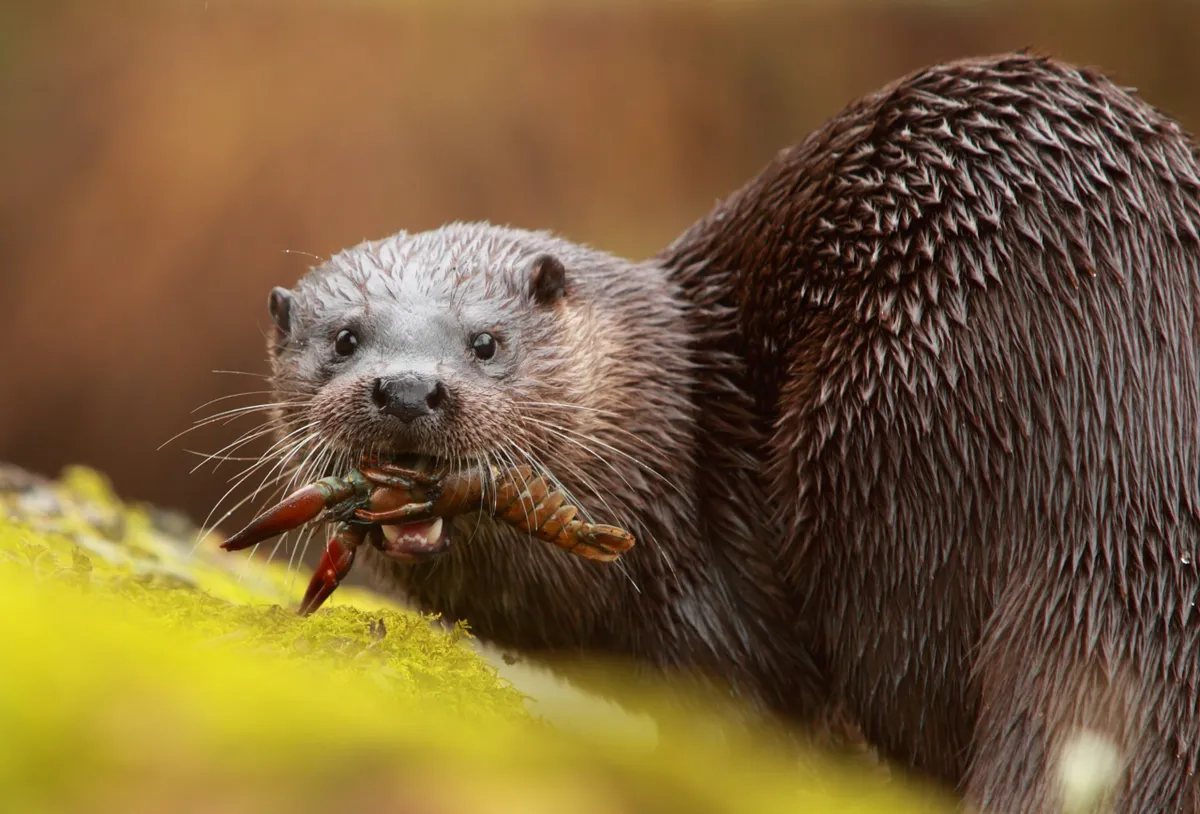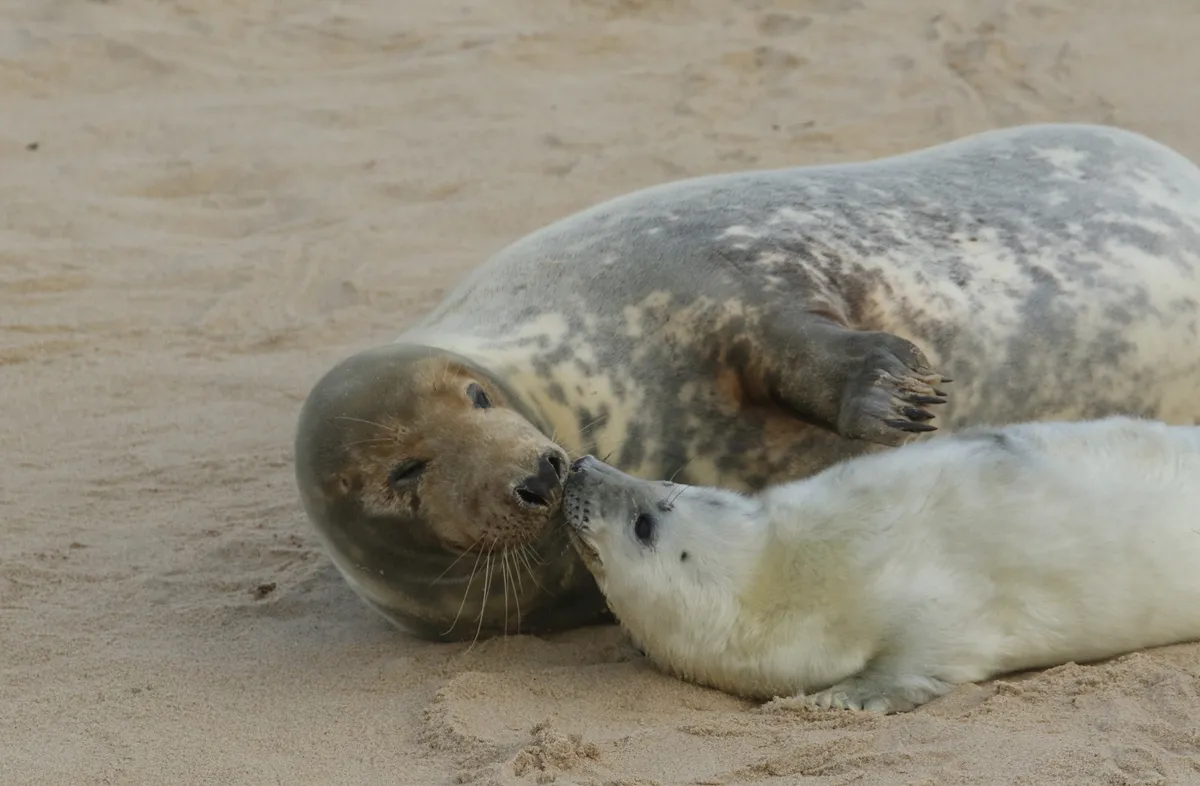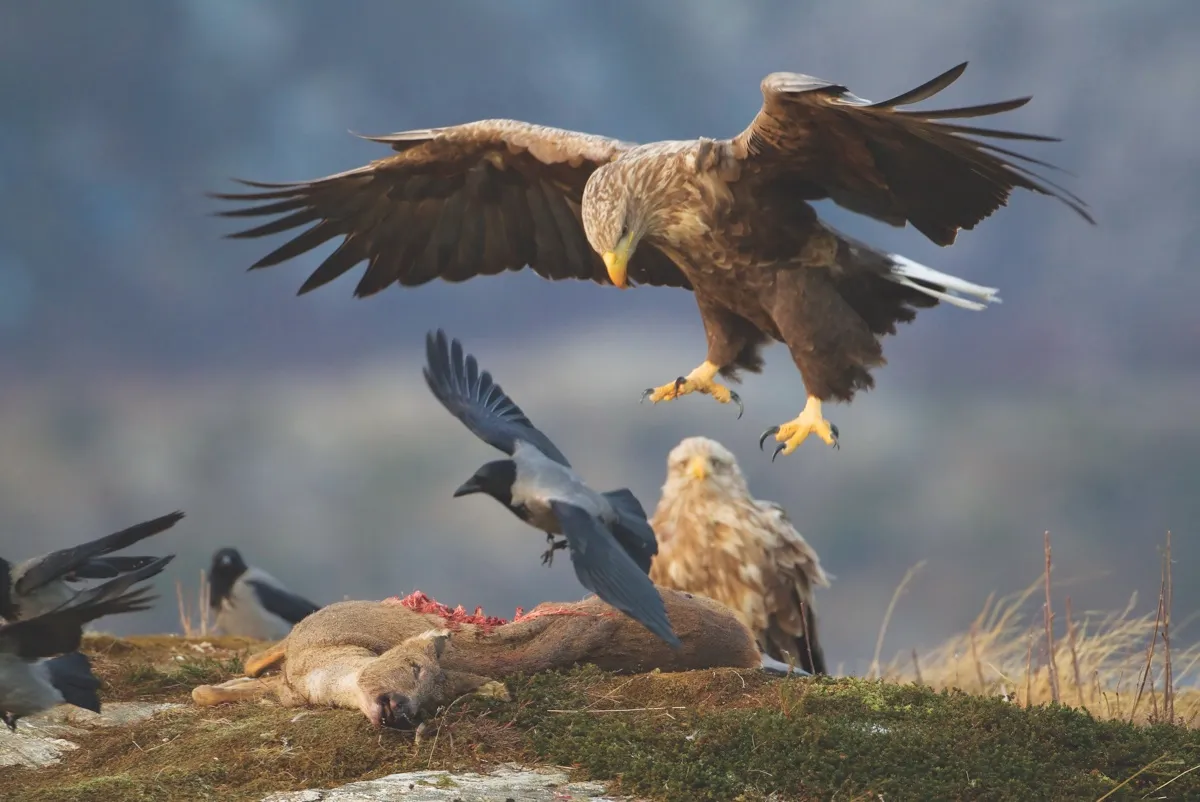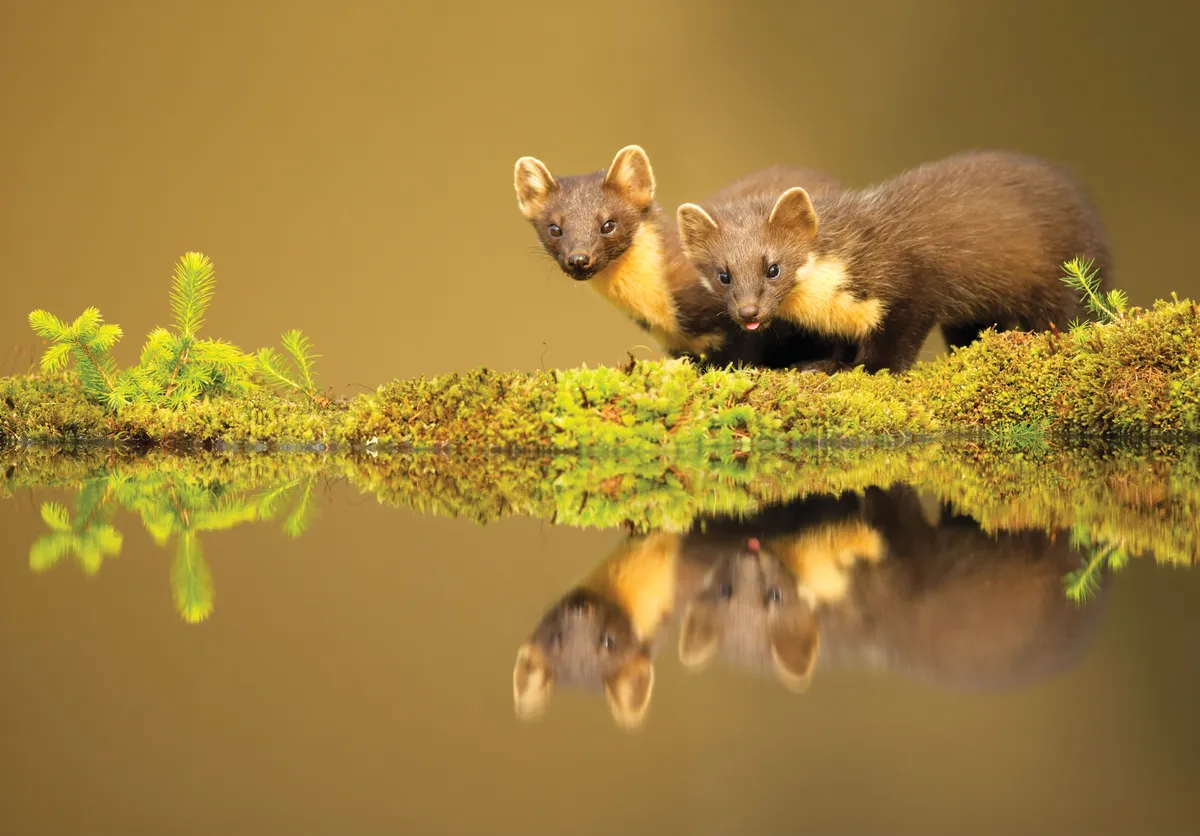Head off with your camera across Britain with our shortlist of some of the best places to photograph extraordinary wildlife in the UK.
Farne Islands, Northumberland
The Farne Islands are home to well over 55 000 pairs of puffins as well as a great many other seabirds including; guillemots, fulmar, oystercatchers and cormorants. Boat trips can take you around the bird sanctuaries on the cliffs and to see the thriving grey seal population. nationaltrust.org.uk/farne-islands
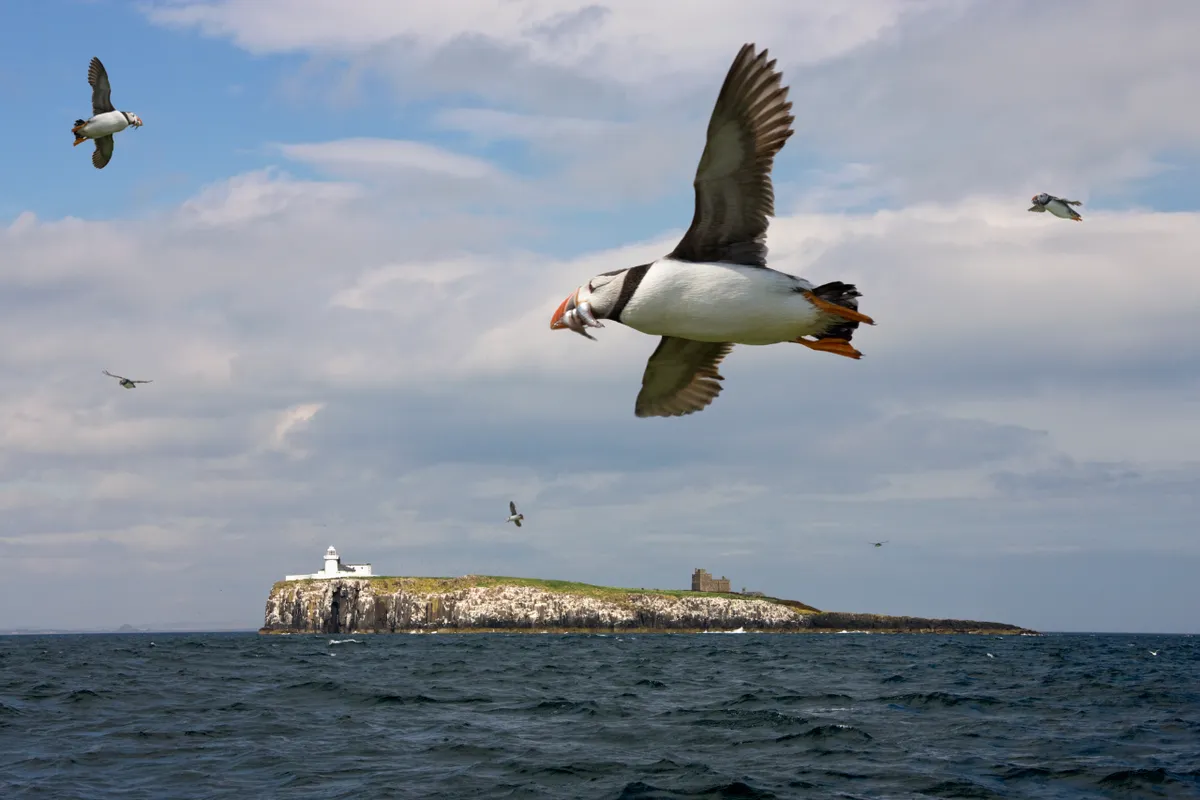
Bempton Cliffs, East Yorkshire
August is the time to visit the UK's only mainland gannetry on Bempton Cliffs with tours from the RSPB running every Tuesday and Saturday. The area's other exciting species to spot include a large puffin colony, short-eared owls, peregrines, skylarks, meadow pipits and porpoises out to sea.

Lundy Island, Bristol Channel
A controversial project from 2003-2004 to eradicate 40 000 rats from the Isle of Lundy was only part of a major operation to help boost puffin and manx shearwater numbers - the bird eggs were under threat from the rats. It is also England's only statutory Marine Nature Reserve and now boasts a vast array of marine wildlife, seabirds, sea mammals (such as basking sharks and dolphins) and a permanent colony of 60-70 grey seals. landmarktrust.org.uk/lundyisland
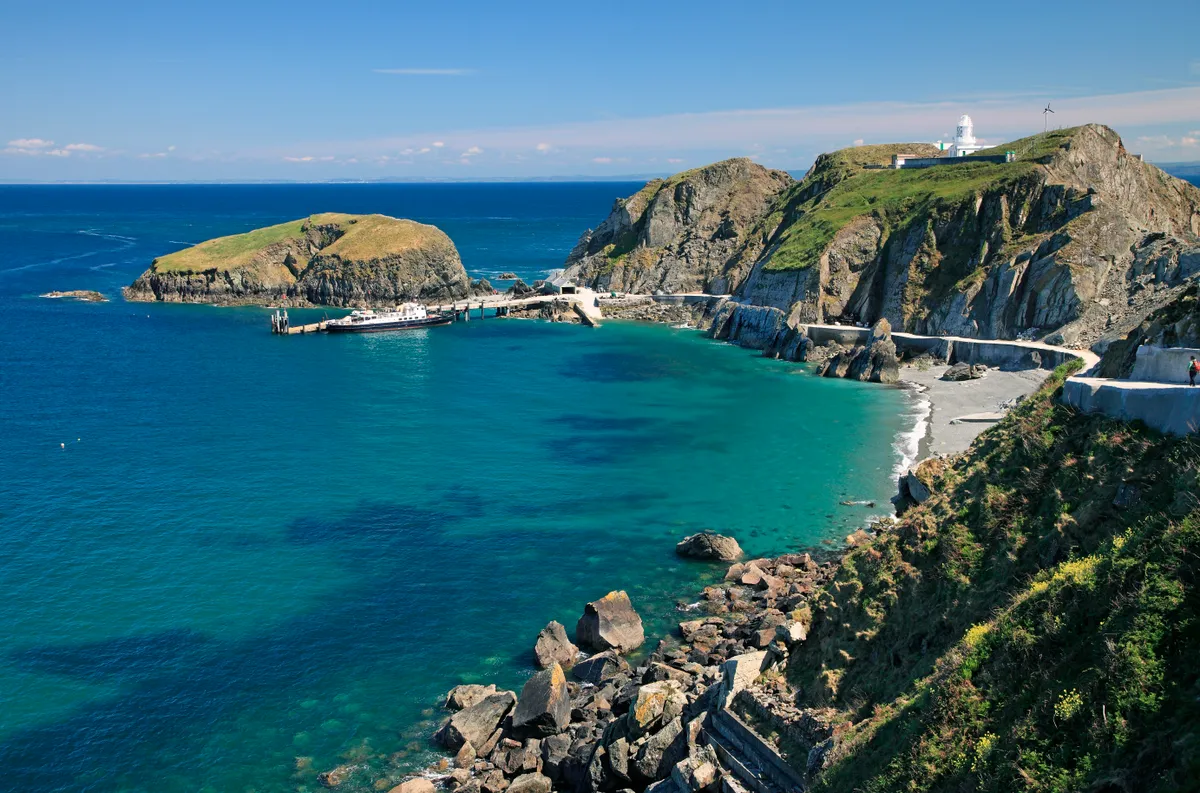
Gigrin Farm and Kite Feeding Station, Powys
One of the best places to see red kites as a result of its intensive rehabilitation programme after Wales became home to the last remaining red kites in the UK in the 20th century. Careful safeguarding of this beautiful bird by generations of landowners, rural communities, individuals and organisations in this area of Mid-Wales has meant that there are now over 600 breeding pairs in Wales and they have been re-introduced to England and Scotland. gigrin.co.uk

Britain’s best seal watching spots and how to avoid disturbing the colony
Spotting a seal colony is one of Britain's great wildlife spectacles. Our guide explains how to spot seals without disturbing the colony, the best seal watching spots in the UK, plus how to identify harbour seals and grey seals.
The Begwns, Powys
You can find golden plover, red grouse, peregrine falcons, red kites, buzzards and brown hares at this very quiet heath common which also has 360 º views to Hay Bluff and the Black mountains. Around the lake you can also see several species of dragonfly and damslefly. nationaltrust.org.uk
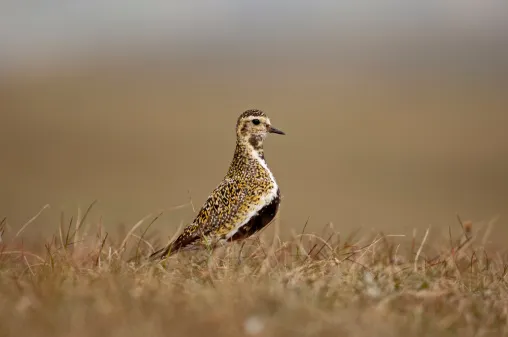
Rathlin Island, County Antrim
Spring and Summer are the best times to visit to catch the wealth of seabirds that flock to Rathlin Island cliffs in Northern Ireland including fulmars, puffins, razorbills and guillemots. Inland you can also find Irish hares and a variety of orchids. discovernorthernireland.com/Rathlin-Island
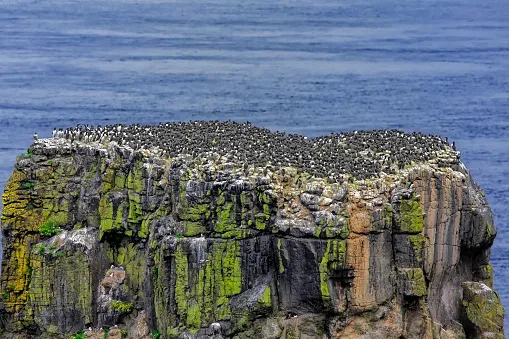
Find wildlife photography inspiration by browsing Discover Wildlife's incredible wildlife galleries
Hartslock Reserve, Hertfordshire
The reserve has been made a 'Site of Special Scientific Interest' on account of the amount of orchids that flower here. May and June are good times to visit for monkey and lady orchids and you will also see lots of butterflies including green hairstreak, painted lady, small heath, common blue and brimstone. Remember to keep to the marked routes to avoid treading on any orchids.
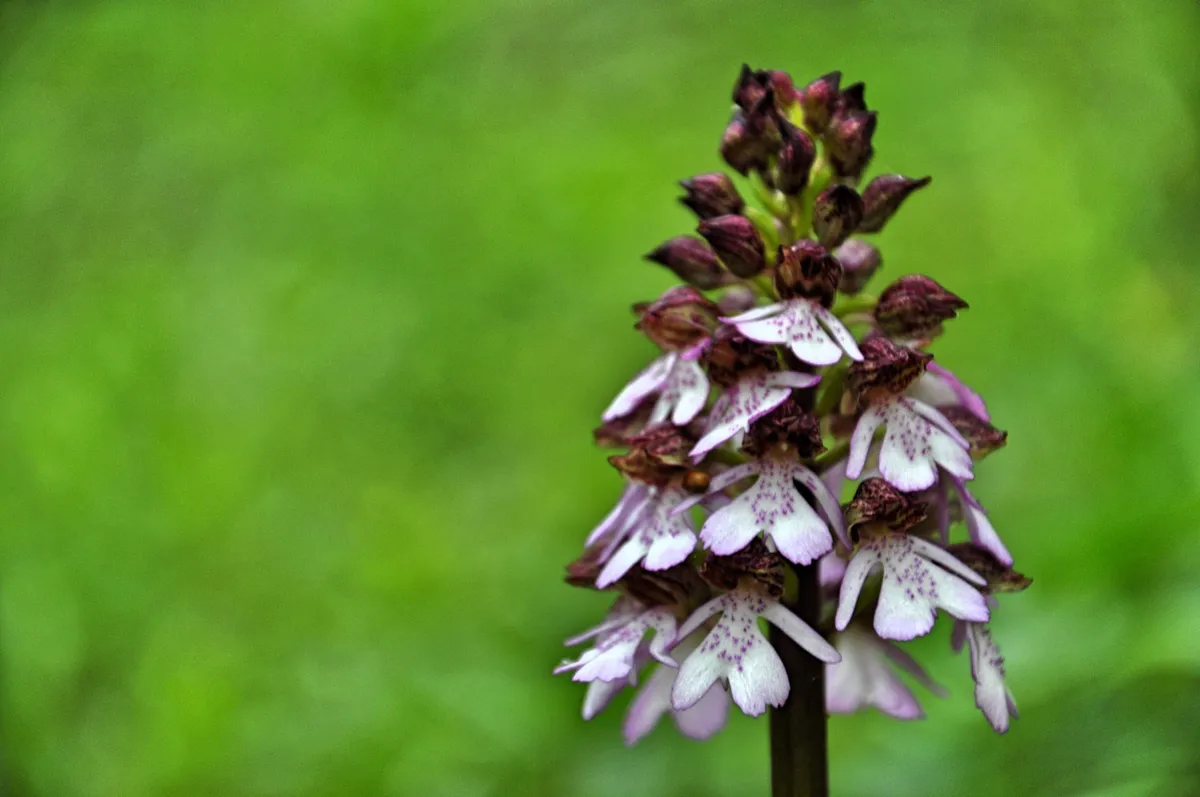
Cairngorms, Scottish Highlands
At the Cairngorms National Park you can see an exciting amount and variety of wildlife in many different habitats. Try Lochnagar for red deer, see golden eagles around the Ladder Hills, ospreys and otters fishing at Muir of Dinnet, Loch Morlich for Britian's only wild reindeer herd, the rare pine marten and badgers at night at Rothiemurcus, Craigellachie for peregrine falcons and red squirrels near the Mar Lodge estate.
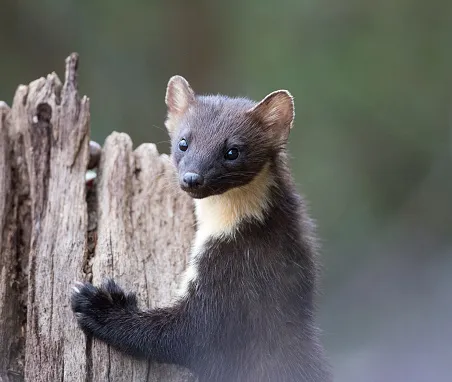
Pine marten guide: how to identify and where to see in Britain
Thanks to ongoing reintroduction projects, pine martens are making a comeback in the UK – learn all about the elusive species with our expert guide to pine martens, including what they eat and best places to see one.
Lyme Park, Cheshire
The brown hare has suffered a decline in population of 75 per cent in the UK over the last 50 years but Lyme Park is still a great location to see them, visit in March to see the hares 'box' during mating season. nationaltrust.org.uk/lyme

Brownsea Island, Dorset
The National Trust island is one of the best places to see and photograph the red squirrel which is extinct in the rest of southern England because of competing grey squirrel populations. The island's squirrels are still shy however and it is best to try to spot them at sunrise and sunset during Spring and Autumn. Also look out for feral peacocks that roam the island. nationaltrust.org.uk/brownsea-island
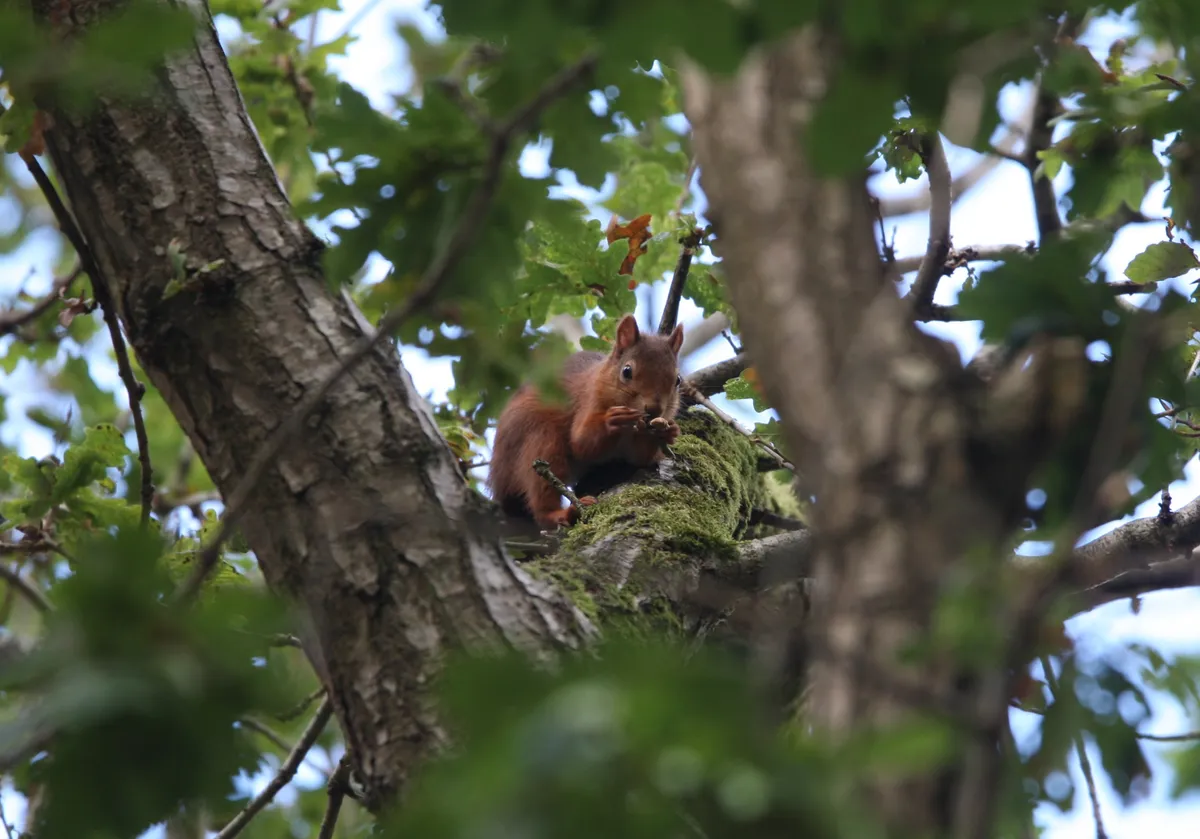
Red squirrel guide: how to identify and best places to see in Britain
Catching sight of the distinctive rusty coloured fur of the red squirrel is a special moment. Our expert guide to red squirrels explains the difference between the UK's two main species of squirrel – the grey and red, key characteristics and the best places to see them in the UK.
Kinder Scout, Howden Edge, Derwent Edge, Peak District
With its range of different habitats the Peak District is a wildlife haven. Expect to see a vast range including red grouse (on the moorlands of Kinder Scout), mountain hares (at Derwent and Howden Edges), bats, merlins, hen harriers, three species of owl (tawny, little and barn) and much more.
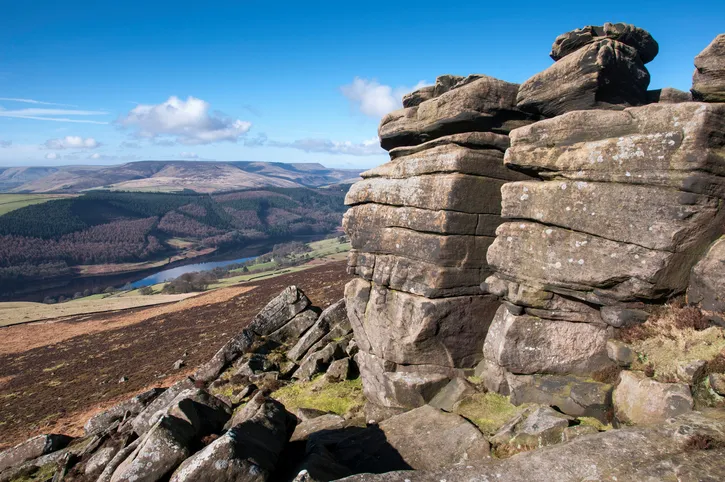
Isle of Mull, Inner Hebrides
This wild, beautiful island of the west of Scotland has very impressive bird populations including birds of prey and seabirds as well as being home to otters, red deer and seals. The white-tailed eagle and golden eagle are the two prizes to look out for and bird safaris can also be arranged.
